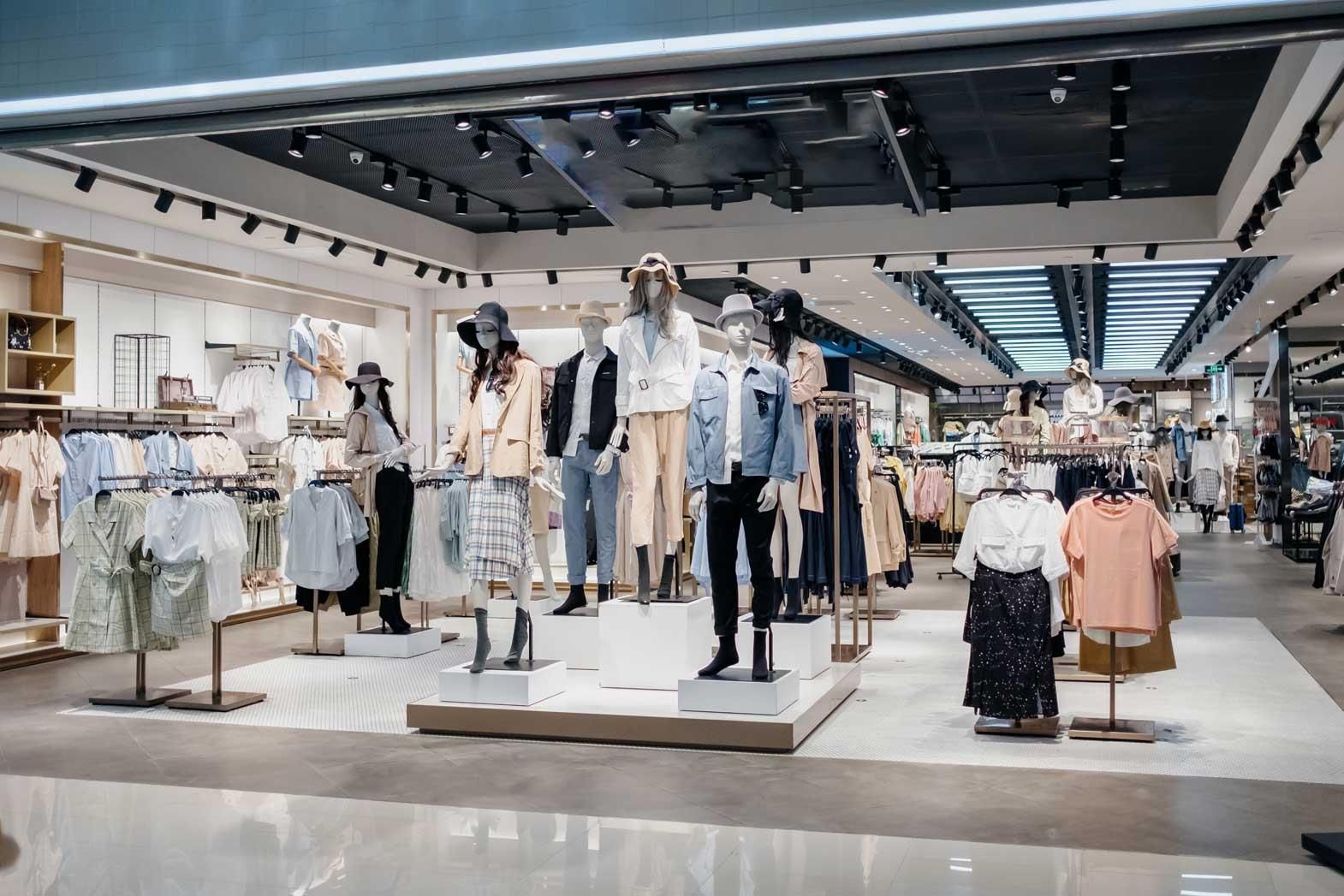These events are going to push the economy of the country further. Especially high amount of investment will lead to growth of many industries, and apparel being one of them will definitely progress. Sportswear is a sector which will receive maximum benefit. Sports brand leaders like Nike and Adidas plan to win the hearts of the citizens of Brazil through intensive marketing, latest product launches, online shopping, and opening concept stores.
Thecountry's population constitutes a large number of youth, which is a majorfactor in contributing to large market for apparel and a craze for brands. Morethan sixty percent of the population is under 39 years of age, who have immenseinterest in fashion and follow the celebrity culture closely. According to a reportreleased in the March of 2012, the Brazilian retail market was valued at $ 230billion.
Withthe entry of Brazil into the BRIC block of developing economies, the stimulusand programs rolled out by the government, increased the consumption potentialof the consumers of the country. From the year 2003 to 2008, it is estimatedthat 20 million people fell into the monthly income bracket of $ 665 to $ 2827and by the end of 2014 approximately 36 million more will be added in thissegment.
Thedomestic apparel market of the country is very strong. There is a great demandfor fashion clothing and the people of Brazil are extremely supportive of homegrown clothes and designers. Hence the citizens of Brazil wouldn't mind spendingon their native designers as much they do on brands like Valentino or Prada.The big players dominating in the apparel retail sector are domestic brandsnamely Lojas Renner, Lojas Riachuelo, Marisa, Alpargatas, Grendene, and Hering.
There are some unique purchasing patterns that Brazilians practice while shopping. Firstly, the whole experience of buying clothes and shopping is a relaxing and everyday activity. They expect good customer services at stores and like to visit stores that are walking distance from their homes. The majority of the population prefers shopping in supermarkets and multi-brand outlets and is believed to be extremely price conscious than its other contemporaries like Russia, India, and China.
However, Brazil faces ahuge price gap when it comes to apparel retail since it is highly fragmented.There are either brands that fall in the lower segment, wherein the quality ofclothes is low and prices are cheap, or in the high-end segment which providegood quality but at expensive rates. Hence there is a lack of a mid-segment forthe rapidly growing upper middle class and middle class population of Brazil for brands that provide quality at slightly affordable prices.
Many international brands like Zara and H&M plan to enter into the apparel retail market soon with multiple store openings. The consumers of apparel retail in Brazil are very well aware of fashion and are highly informed about the materials and designs used in developing a high-end luxury product. This makes it easy for brands like Gucci and Hermes to sell since people value and have an understanding of why a garment is priced so high.
The e-commerce market is also very vibrant for apparel retail. With the government of the nation providing services of WI-FI to their citizens, the Brazilians are the third highest users of internet in the world, claims a research report by Ebiquity. The buzz of online shopping has reached beyond traditional hubs like Sao Paulo and Rio de Janeiro to small and medium size cities. Fifty percent of online shoppers in Brazil constitute of women. The amount of users of internet is growing with the lower income group having access to such a facility make internet retailing a promising channel. Also, the mobile marketing space is shaping up very well. According to Mobile Marketing Association of Latin America, an average Brazilian has more than 200 friends on multiple social networking sites, which makes a potential market for social media marketing and selling for apparel retail brands.
Nevertheless, there are barriers like extremely high income tax on luxury products make it difficult for brands to survive, high inflation, and infrastructural developments that need to be fixed for the apparel retail to mature. But such pitfalls are not slowing the growth and development of its apparel retail scene and many global retailers continue to lay their eyes on this Latin American nation.
References:
1. Thomaswhite.com
2. Euromonitor.com
3. Businessoffashion.com
4. Apparel.edgl.com
Image Courtesy:
1. Etftrends.com








Comments